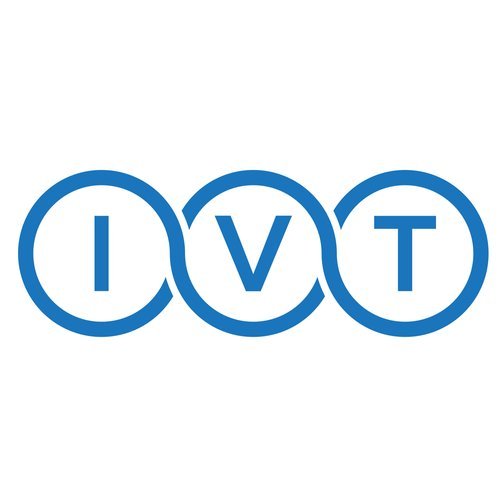Fundamentals of IVT Reactions and Our Purification Solution
In vitro-transcribed (IVT) mRNA is an alternative genetic material that can be used in the replacement of plasmid DNA in conventional uses. With the development of IVT methods for synthetic mRNA, we have seen a rise in a new class of gene therapies.
Synthetic mRNA is comprised of a long single-stranded RNA molecule and can be produced through in vitro-transcription of a DNA template using bacteriophage RNA polymerase (T7, SP6, T3).⁵ The DNA template of in vitro-transcription requires a bacteriophage promoter, untranslated region (UTR), open reading frame (ORF), and a poly (T) sequence.⁵ Additionally, the IVT reaction solution contains four types of ribonucleoside triphosphates (rNTPs), RNA polymerase, and the DNA template.
The IVT mRNA, following synthesis, contain single-stranded RNA molecules that regulate the expression of target proteins, similar to natural eukaryotic mRNA. After the IVT reaction, the purification step is important, as it removes residual molecules that may trigger undesired immune responses. IVT mRNA can be purified using commercially available mRNA purification kits or isopropanol precipitation. For large-scale purification, liquid chromatography methods are commonly implemented.
The mRNA production field is still in its early stages, but its applications could have extensive influence on the industry. The clinical potential of mRNA includes the mRNA vaccines for COVID-19, but extends to protein replacement, gene therapy, and cancer immunotherapy.⁵
Following our initial review, we further explored IVT for mRNA production. Here is a brief of our findings:
In response to IVT mRNAs that triggered innate immune responses in earlier research, various chemical modifications, such as pseudouridine, have been developed.1
The 5’ cap at the end of the single-stranded synthetic mRNA serves as protection against exonucleases and promotes the initiation of translation by binding to eukaryotic translation initiation factor 4E.2
At the other end of the strand (3’), there is a poly A tail that is involved in the initiation step of translation after binding to poly A binding protein (PABP); this tail length has a significant effect on stability.3
Following IVT, DNase digests the original DNA template, and the 5’ triphosphate group of mRNAs is removed using heat-labile antarctic phosphatase. The removal of this triphosphate group reduces potential immune response.1
For purification of synthetic mRNA, most commercial purification kits are based on the selective binding of polynucleotides to membranes or beads, such as our OdT functionalized membranes.
Additionally, HPLC can be utilized for purification by using size exclusion or ion exchange methods, though it is not the most efficient and is difficult to scale.
Non-purified mRNAs result in relatively low translation efficiency and high levels of cytokine secretion1, which makes purification a crucial step in this process.
There is no standardized IVT process, which presents a major challenge in the field of mRNA production, as it restricts the development of a single mRNA purification platform.⁴
mRNAs are large and unstable molecules that are sensitive to stress and enzymatic degradation, which creates a delicate production process.
Purilogics offers membrane chromatography products to simplify and expedite your mRNA purification process. Our OdT membrane products provide high binding capacity at high flowrates for a wide range of mRNA sizes.
Check out our previous mRNA related posts below to learn more:
How to Purify mRNA: A Strategy You Need to Consider
How Does Flow Rate Affect the Binding Capacity of Purexa™ Membranes?
References
1. Kwon, H., Kim, M., Seo, Y., Moon, Y. S., Lee, H. J., Lee, K., & Lee, H. (2018). Emergence of synthetic mRNA: In vitro synthesis of mRNA and its applications in regenerative medicine. Biomaterials, 156, 172-193.2. N. Sonenberg, A.C. Gingras. (1998). The mRNA 5' cap-binding protein eIF4E and control of cell growth. Curr. Opin. Cell Biol. 10 (2) 268-275.3. A. Kahvejian, Y.V. Svitkin, R. Sukarieh, M.N. M'Boutchou, N. Sonenberg. (2005). Mammalian poly(A)-binding protein is a eukaryotic translation initiation factor, which acts via multiple mechanisms. Gene Dev. 19 (1) 104-113.4. Preparing for the Emergence of mRNA Therapeutics. (2022). Sartorius.5. Kwon, H., Kim, M., Seo, Y., Moon, Y. S., Lee, H. J., Lee, K., & Lee, H. (2018). Emergence of synthetic mRNA: In vitro synthesis of mRNA and its applications in regenerative medicine. Biomaterials, 156, 172-193.


